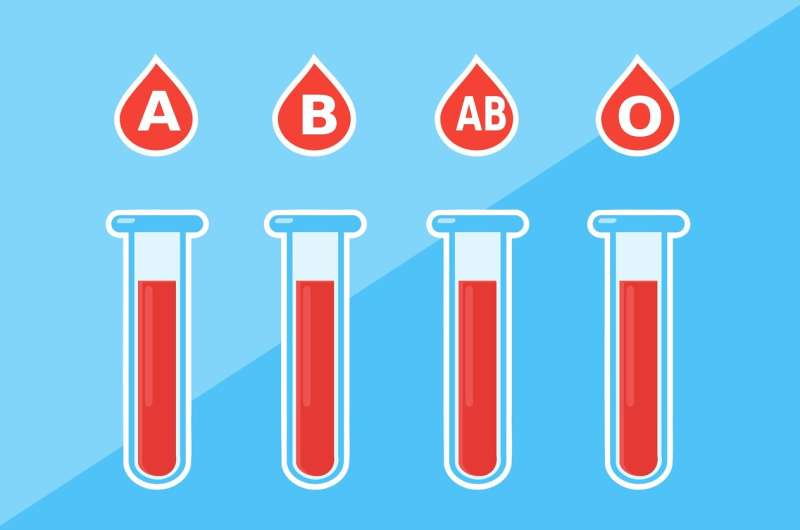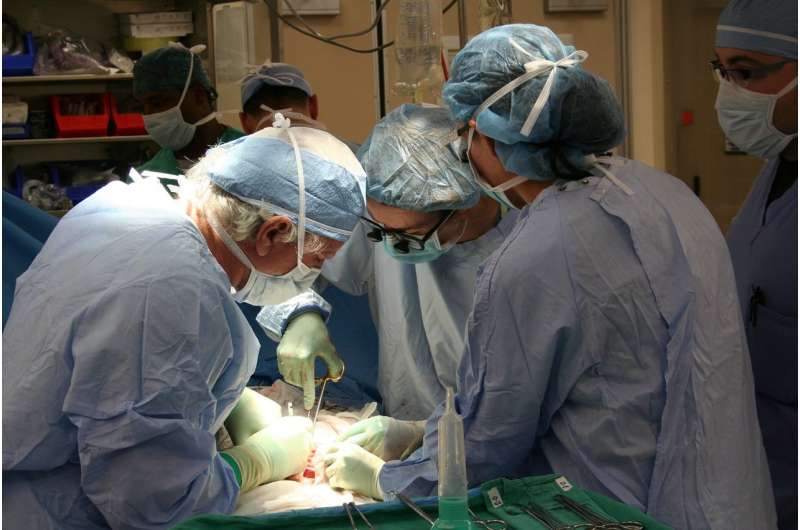Innovative Techniques Enhance Preservation of Hearts for Transplantation

Advances in heart preservation techniques are promising to increase the number of usable donor hearts, potentially saving thousands of lives affected by heart failure.
Researchers at Duke University and Vanderbilt University are developing new methods to increase the availability of donor hearts for transplantation, addressing the persistent organ shortage that affects thousands of patients annually. Traditionally, most heart transplants utilize organs from donors who are declared brain-dead, with the hearts remaining viable due to maintained circulation until removal. However, organs from donors who experience circulatory death—where the heart stops after life support withdrawal—are underused despite representing a significant portion of potential donors.
The challenge with organs from circulatory death donors, or DCD, is that the period without oxygen can damage the heart, making it unsuitable for transplant. To mitigate this, some hospitals use complex and costly devices to reanimate and preserve hearts, but these are not suitable for small hearts in infants or for all facilities.
Addressing these issues, Duke's team has pioneered a simplified approach: removing the heart and briefly attaching oxygen and blood supply without using complex machinery. They successfully tested this method on piglets, then applied it in real-life scenarios by retrieving a heart from a 1-month-old donor where traditional methods weren’t permitted. The heart was assessed on a sterile surgical table for five minutes, confirming its viability before transplantation.
Vanderbilt University has adopted a slightly different approach by infusing the heart with a nutrient-rich, cold preservative solution immediately after removal, which helps protect it during transport. Both methods aim to maximize the use of available organs, potentially increasing the number of hearts suitable for transplant.
The importance of advancing these techniques cannot be overstated, given that hundreds of thousands of adults suffer from advanced heart failure, yet many die while waiting for a transplant, especially young children. Last year, nearly 43% of deceased donors' hearts came from circulatory death, but only a fraction of those organs are currently used for transplantation.
These early-stage but promising studies suggest that new preservation methods could significantly expand the donor pool, saving more lives. Experts emphasize that innovation in organ recovery after circulatory death is critical to reducing the shortfall in available hearts for transplant.
Source: https://medicalxpress.com/news/2025-07-ways-hearts-transplants.html
Stay Updated with Mia's Feed
Get the latest health & wellness insights delivered straight to your inbox.
Related Articles
Ethiopia's Innovative Emergency Medical Response System Sets a Regional Standard
Ethiopia has developed Africa's first WHO-certified regional emergency medical team and training hub, setting a scalable example for strengthening health emergency responses across the continent.
Study Highlights Persistent Cervical Cancer Risks in Women Over 65 Due to HPV Infection
New research highlights the ongoing risk of cervical cancer in women aged 65 and over due to persistent high-risk HPV infections, calling for revised screening strategies worldwide.
Revolutionary Enzyme Technique Brings Us Closer to Universal Donor Organs for Transplantation
Innovative enzyme-based technology at the University of British Columbia has achieved a significant milestone in bringing universal donor kidneys closer to reality, potentially revolutionizing organ transplantation and saving lives.
Emerging Role of Immunotherapy for Organ Transplant Patients with Advanced Cancer
New research reveals that carefully managed immunotherapy can benefit organ transplant recipients with advanced cancer, offering promising survival outcomes despite some rejection risks.



